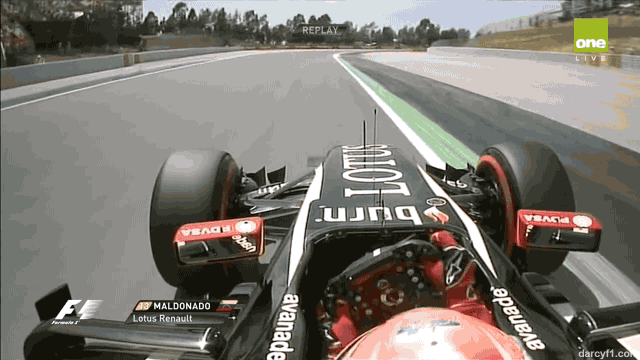What is Understeer and Oversteer?
Most manufacturers intend that their cars handle neutrally while going around a curve as this makes the handling more predictable and cars safe. However, due to dynamic forces acting on the car, it sometimes does not follow the natural path exactly and deviate from it when pushed harder.
In simpler terms, in case of understeer, the car steers less than what the driver intends and the car goes around a curve of larger radius. While in case of oversteer, the car becomes more sensitive to the steering input and steers more than the input provided at the steering.
How does Understeer and Oversteer occur?
Understeer and oversteer do not occur under normal conditions and such behaviour is observed under certain conditions and around curves. Understeer generally occurs when the front tyres start slipping while you go around the curve. The slip occurs due to great amount of lateral acceleration that car is experiencing while tyres are simultaneously handling the engine torque or braking force. This generally overwhelms the tyres and causes understeer.
Oversteer generally occurs in case the rear wheel drive cars, where the power applied to the rear wheels exceed than what they can handle and this makes the rear spin out of the intended driving curve. Oversteer can also occur when you brake hard or if you suddenly remove your foot from the accelerator.
Oversteer generally occurs in case the rear wheel drive cars, where the power applied to the rear wheels exceed than what they can handle and this makes the rear spin out of the intended driving curve. Oversteer can also occur when you brake hard or if you suddenly remove your foot from the accelerator.
 |
| F1 car undergoing crash due to loss of control |
Is this present in all cars?
With the introduction of driver’s aids like Electronic Safety Program, Traction Control etc., electronic systems tend to correct behaviour and make them handle more neutrally by applying correcting measures in times of need. However, all cars are capable of exhibiting these characteristics around the limit conditions when pushed hard.
Are certain cars more prone to Understeer and Oversteer?
Most sports cars with a rear wheel drive system are prone to some amount of oversteer, they are also known as tail-happy. These cars are particularly fun to drive on the track as they are easy to drift too. While most FWD (front-wheel drive cars) that have engine have engine at the front tend to understeer. This is a general trait, however since handling characteristics depend on lot of other parameters you may find FWD cars exhibiting oversteer characteristics and RWD cars that understeer.
Can this behavior be corrected?
In case of understeer, the behavior can be easily corrected by taking your foot off the accelerator pedal as this transfers some weight to the front wheels and increases available traction. Since this is the most natural reaction car that understeer are considered easier to drive. |
| Understeer and Oversteer mitigating factors |
The behavior is greatly affected by rainy weather and tyres condition and pressure. So watch out for tyres and the condition in which you are driving. You can perform several modifications / do adjustments (as shown above) on your car if it is exhibiting a certain handling characteristic and is making the driving difficult.


